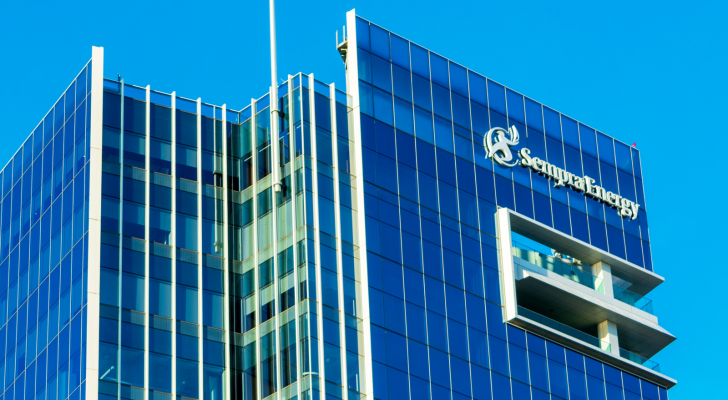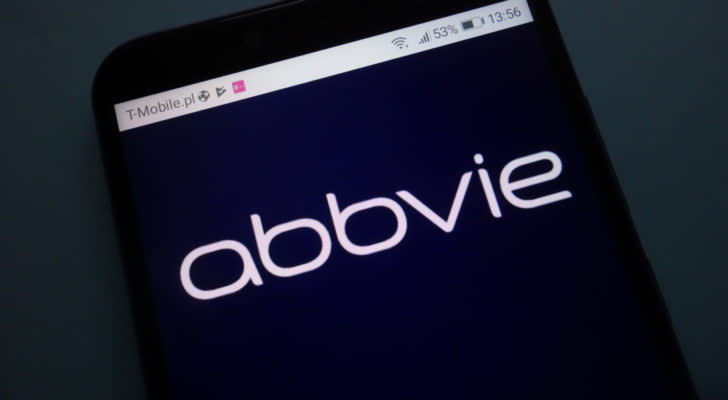3 Dividend Stocks That Are Perfect for Beginning Investors
While the meme trade phenomenon helped spark interest in the equities sector, passive-income providers generally offer a more solid foundation, thus warranting a closer look at dividend stocks for beginners. To be sure, these aren’t the sexiest ideas. But they should steer you in the right direction for the long haul.
Primarily, dividend stocks for beginners allow investors to build their wealth through two mechanisms: capital gains and dividend payouts. Combined, the total return – again over the course of several years – should keep your portfolio in the black. As well, these relatively safe and predictable ideas represent confidence boosters.
Second, we may be entering into an uncertain economic environment. From high inflation to escalating global conflicts, no shortage of risk factors exists. That doesn’t necessarily mean that the market will collapse tomorrow. However, companies that pay dividends tend to be more established and stable than their growth-oriented peers.
InvestorPlace - Stock Market News, Stock Advice & Trading Tips
If the smelly stuff hits the fan, you may be comforted with these proven enterprises. On that note, below are dividend stocks for beginners.
Sempra (SRE)

Source: Michael Vi / Shutterstock.com
At first glance, Sempra (NYSE:SRE) might not seem an ideal play for dividend stocks for beginners. Looking at the company’s financials, the utility firm’s cash-to-debt ratio sits at 0.04x. That’s worse than about 84% of sector rivals. As well, its Altman Z-Score of 1.07 indicates possible distress. If we were talking about any other enterprise, I might be tempted to say, move along.
However, Sempra being a utility firm in high-profile markets of Southern California affords it permanent relevance. Fundamentally, it benefits from a natural monopoly. That’s just a fancy phrase to mean that the barriers to entry are high. Even if a company wanted to compete with Sempra, it would have to go through myriad procedures and regulations. As a result, SRE prints consistent profitability.
And that obviously segues into the passive income part. Currently, Sempra offers a forward yield of 3.29%. As well, the payout ratio comes in at a reasonable 49.75%, facilitating confidence regarding yield sustainability. Lastly, analysts rate SRE a consensus moderate buy with an $80.56 average price target.
AbbVie (ABBV)

Source: Piotr Swat / Shutterstock.com
Headquartered in North Chicago, Illinois, AbbVie (NYSE:ABBV) is one of the biggest pharmaceutical firms in the world. Per its public profile, the company’s primary product is Humira, which regulators have approved for treating various autoimmune diseases. These include rheumatoid arthritis, Crohn’s disease, plaque psoriasis, and ulcerative colitis. However, investors may soon appreciate AbbVie for its Allergan buyout.
With the acquisition, the company now controls Botox, a highly potent neurotoxic protein. Through injections, patients use Botox to smooth wrinkles, thus facilitating a younger look. Fundamentally, that’s going to be important because of the generational shift for younger millennials and Generation Z. While looks have always been important, it’s even more so for these age cohorts.
Admittedly, it’s a cynical argument but that also makes ABBV one of the dividend stocks for beginners. Currently, the company carries a forward yield of 4.39%, well above the healthcare sector’s average yield of 1.58%. Moreover, analysts rate ABBV a moderate buy with a $169.67 price target, implying double-digit growth.
Chevron (CVX)

Source: Sundry Photography / Shutterstock.com
As an integrated hydrocarbon energy giant, Chevron (NYSE:CVX) might appear to be facing a losing battle against relevance. With political and ideological forces gravitating toward clean and renewable energy sources, CVX doesn’t initially seem a viable long-term bet. And to be fair, its market performance isn’t exactly encouraging. Since the January opener, CVX lost almost 16% of equity value.
However, broader economic factors suggest that Chevron may have a longer-than-expected shelf life. For example, while governments have practically shoved electric vehicles down our throats, it just hasn’t clicked smoothly. EV demand has plummeted this year, taking down operators within the industry’s value chain. Put another way, people are still driving combustion-powered cars and that might not change for quite some time.
Combine this dynamic with population growth and suddenly, the world needs more energy resources, not fewer. Fundamentally, then, I’m inclined to trust Chevron’s forward yield of 4.11%. Additionally, its payout ratio of 40.52% is very reasonable, facilitating confidence in the passive income.
Finally, analysts rate CVX a moderate buy with a $183.33 target, projecting almost 25% upside.
On the date of publication, Josh Enomoto did not have (either directly or indirectly) any positions in the securities mentioned in this article. The opinions expressed in this article are those of the writer, subject to the InvestorPlace.com Publishing Guidelines.
A former senior business analyst for Sony Electronics, Josh Enomoto has helped broker major contracts with Fortune Global 500 companies. Over the past several years, he has delivered unique, critical insights for the investment markets, as well as various other industries including legal, construction management, and healthcare. Tweet him at @EnomotoMedia.
More From InvestorPlace
ChatGPT IPO Could Shock the World, Make This Move Before the Announcement
Musk’s “Project Omega” May Be Set to Mint New Millionaires. Here’s How to Get In.
The Rich Use This Income Secret (NOT Dividends) Far More Than Regular Investors
The post 3 Dividend Stocks That Are Perfect for Beginning Investors appeared first on InvestorPlace.
